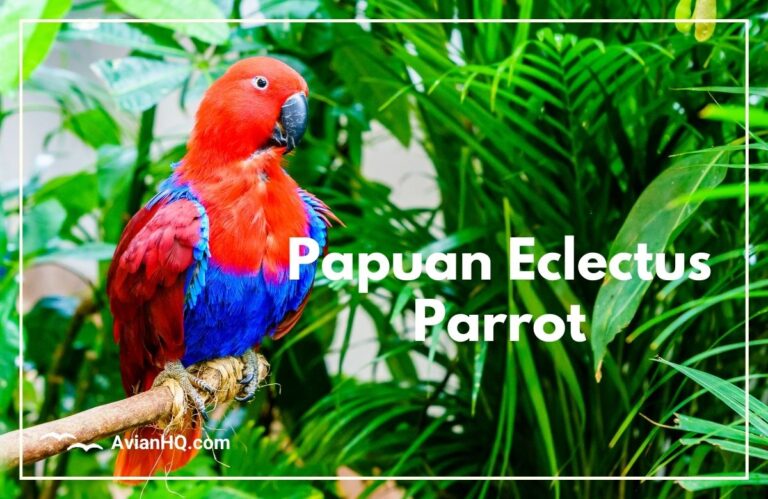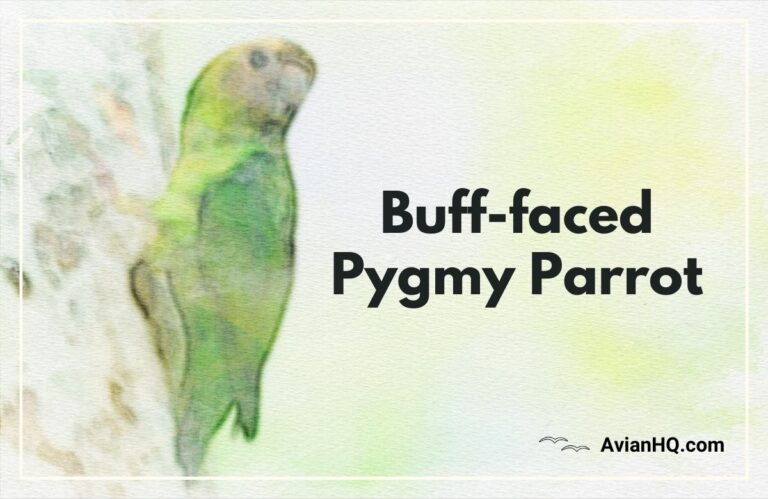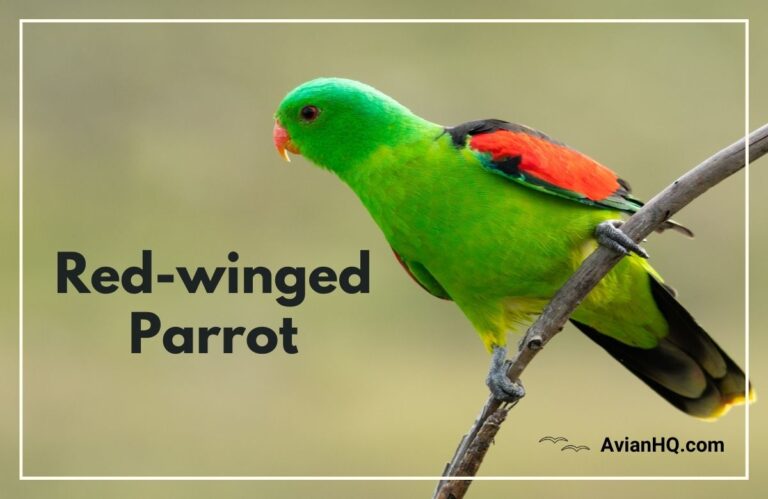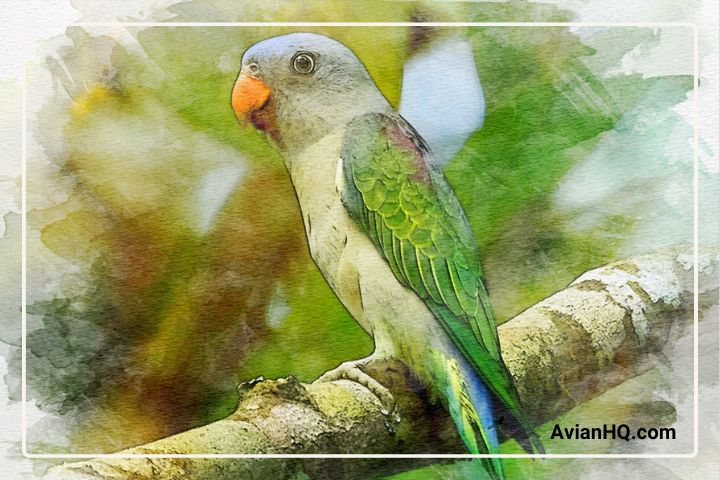Genus: Psittinus
As an avid bird watcher or ornithology enthusiast, you may already be familiar with the scientific classification of birds. Birds belong to the kingdom Animalia, phylum Chordata, and class Aves. From there, orders, families, genera, and species further divide them into more specific groups. One such family is Psittaculidae, which encompasses all parrots and parakeets. Within this diverse family resides the genus Psittinus.
While not as widely recognized as larger parrot genera like Ara and Amazona, Psittinus contains some beautiful and fascinating species. The birds in this genus tend to be small to medium in size with vibrant plumage in shades of green, blue, red, and yellow. Their most distinctive feature is their zygodactyl feet with two toes pointing forward and two facing backward that allow them to adeptly cling and hang upside down.
In this post, you will gain an in-depth understanding of the Psittinus genus. We’ll explore the key physical and behavioral characteristics that unite these parrots. You’ll also learn about several of the most popular Psittinus species kept in captivity or spotted in the wild. By the end, your knowledge of these hanging parrots will be greater than ever before.
Overview of Genus Psittinus
The Psittinus genus belongs to the diverse parrot family Psittaculidae, which includes over 300 species of parrots worldwide. The name “Psittinus” means “parrot-like” in Latin, an apt description for these small, vibrant relatives of larger parrot species.
Physical Characteristics
Parrots in the Psittinus genus tend to share some common physical traits that set them apart from other parrot groups:
- Small to medium size – They have an average size around 7 inches. Much smaller than large macaws and cockatoos.
- Slender build – Their bodies are slim and lightweight compared to the stocky build of other parrot genera.
- Long tapered tail – The tail is an important rudder for stability and maneuvering during flight.
- Bright plumage – Feathers are usually vivid hues of green, blue, yellow, orange, red. Some species have bold black, white, or purple markings.
- Distinctive beak – Curved culmen ridge and pointed tip suited for cracking seeds and nuts.
Geographic Range and Habitat
Psittinus parrots are found throughout tropical Asia and islands of the Pacific. Their natural habitats include:
- Tropical and subtropical forests
- Woodlands
- Mangrove swamps
- Plantations and wooded gardens
Diet and Feeding
These parrots are omnivorous, feeding on a combination of:
- Seeds, grains, nuts
- Fruit, berries
- Flowers, nectar
- Tree sap
- Insects and insect larvae
Reproduction
- Monogamous breeding pairs
- Nest in tree cavities
- Average clutch size of 2-4 eggs
- Incubation around 3-4 weeks by female only
- Chicks fledge at 5-7 weeks
Conservation Status
Some species are under threat from habitat loss and capture for the pet trade. But many species remain widespread and abundant in the wild.
Notable Psittinus Species
Blue-rumped Parrot (Psittinus cyanurus)
Description
- Medium-small parrot, grows to 7 inches (18 cm)
- Bright green plumage with blue head and neck, red beak
- Found on islands of Indonesia and Timor-Leste
Habitat and Range
- Tropical forests, woodlands, mangroves
- Native to islands of Wallacea region
Diet and Behaviors
- Diet consists of seeds, fruits, flowers, nectar
- Forms flocks up to 12 – 20 individuals
- Highly vocal with a mix of squawks, chirps, whistles
Breeding and Reproduction
- Nest in tree cavities, 2-4 white eggs
- Eggs incubate for 26 days
- Chicks fledge at 45 days
Conservation Status
- Evaluated as Near Threatened on IUCN Red List
- Trapped for cagebird trade but remains common
Abbott’s Hanging Parrot (Psittinus abbotti)
Description
- Small green parrot native to Indonesia
- Males have vibrant red forehead patch, females have blue
- Grows to length of 7.5 inches (19 cm)
Habitat and Range
- Found in tropical and subtropical forests
- Native to islands of Sumba, Tanahjampea, and Kalao in Indonesia
Diet and Behaviors
- Feeds on variety of fruits, seeds, nectar, and insects
- Forms flocks containing up to 20 individuals
- Vocalizations include whistles, chatter, squawks
Breeding and Reproduction
- Nest in tree cavities and lay clutches of 3 eggs
- Eggs incubate for 23 days before hatching
- Chicks fledge at approximately 6 weeks
Conservation Status
- Evaluated as Near Threatened on IUCN Red List
- Habitat loss is a potential threat to the species
Unique Traits of Psittinus Parrots
While sharing many attributes with other parrot groups, the Psittinus genus has some distinctive traits and adaptations worth highlighting:
Hanging Lifestyle
- Strong zygodactyl feet with two toes facing front, two back
- Allow parrots to grip branches and hang upside down easily
- Feet have sharp curved claws for clinging and climbing
Small Size
- Range from 3.5 to 7.5 inches (9 to 19 cm)
- Much smaller and more agile than large parrot species
- Well-suited to moving through dense forest habitats
Colorful Plumage
- Males and females have vibrant green, blue, red plumage
- Bright colors useful for attracting mates and social signaling
- Some species have striking yellow, orange, black, or purple markings
Mimicry
- Excellent capacity for mimicry and learning vocalizations
- Mimic sounds of other birds, animals, even human speech
- Use mimicry for bonding and territorial signaling
Intelligence and Social Behavior
- Highly intelligent parrots with advanced reasoning skills
- Form close social bonds and flocks
- Use complex vocalizations and behaviors to interact
Conclusion
Hopefully, this deep dive into the Psittinus genus has shed new light on these fascinating hanging parrots. While they may lack the flashy size and colors of macaws or cockatoos, Psittinus parrots have an undeniable charm. Their small stature and acrobatic nature allow them to thrive in dense forest habitats that bigger parrots can’t access.
In the face of habitat loss and trapping pressure, we must ensure these intelligent, social birds continue to thrive. If you’re considering adding one of these cheerful Psittinus parrots to your family, be sure to only obtain birds through reputable captive breeding programs. With conscientious conservation and captivity practices, these hanging parrots will brighten homes and forests for generations to come.







